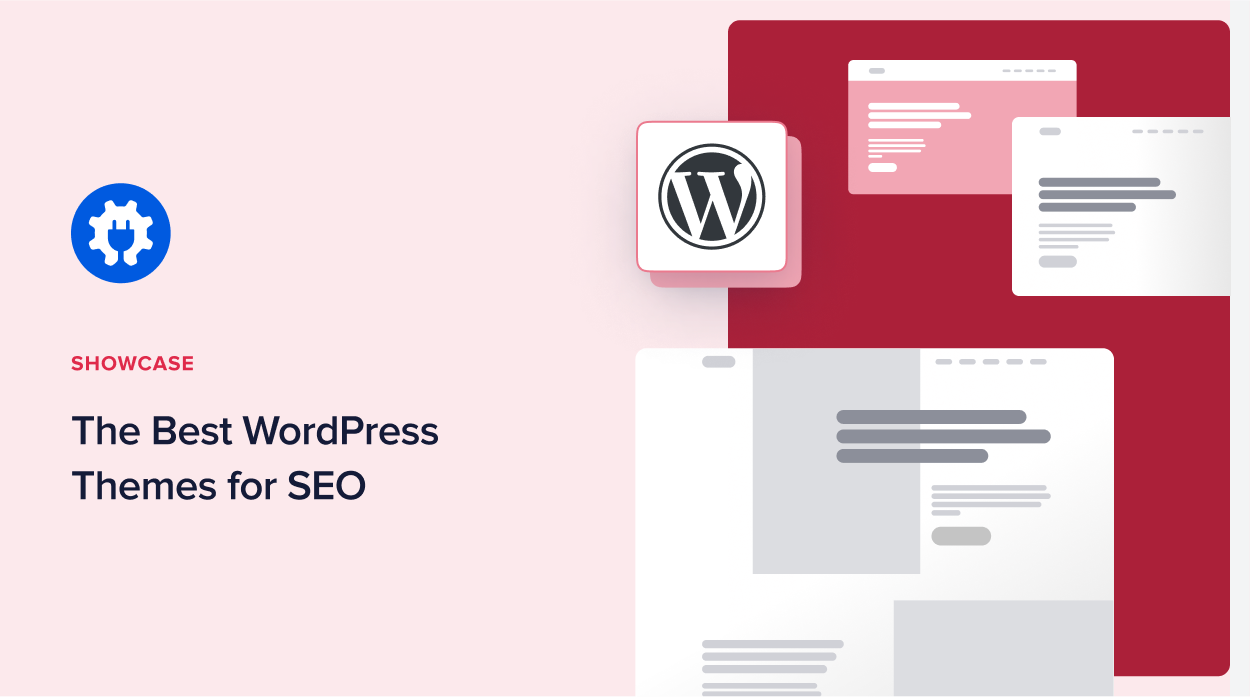Customizing Your Website with Top-notch WP Themes: Best Practices

15 September 2023
Once you’ve selected the perfect WordPress theme for your website, the next step is to customize it to align with your brand and meet your specific needs. Customization not only enhances the visual appeal but also improves functionality and user experience. In this article, we’ll explore best practices for customizing your website with top-notch WP themes.
1. Understand Theme Customization Options:
Before diving into customization, thoroughly understand the customization options provided by your chosen theme. WordPress themes often come with a range of settings for colors, fonts, layouts, and more. Familiarize yourself with these options to make the most of your theme’s features.
2. Customize the Header and Footer:
The header and footer are prominent sections of your website, contributing to its overall design. Most themes offer customization options for these areas, allowing you to personalize the logo, navigation menu, and other elements. Ensure that the header and footer reflect your brand identity and provide easy navigation.
3. Utilize Theme-specific Widgets:
Many WordPress themes come with custom widgets that can be added to various widgetized areas on your site. Explore these widgets to enhance functionality and display dynamic content. Common widgets include recent posts, popular tags, social media feeds, and more.
4. Implement Custom Menus:
Custom menus allow you to control the navigation structure of your website. Take advantage of WordPress’s custom menu feature to create menus that align with your content hierarchy. This is particularly important for websites with diverse content categories.
5. Optimize Typography and Readability:
Typography plays a crucial role in user experience and readability. Customize the fonts and font sizes to ensure a visually appealing and easy-to-read layout. Consistent typography across your website contributes to a cohesive and professional look.
6. Incorporate Brand Colors and Images:
To reinforce your brand identity, incorporate your brand colors throughout the website. Ensure that images used align with your brand’s style and messaging. Consistent branding creates a memorable and cohesive user experience.
7. Leverage Page Templates:
Many themes come with pre-designed page templates for various purposes, such as a contact page, portfolio, or blog layout. Explore these templates and choose the ones that best suit your content. This can save time and ensure a consistent design across different pages.
8. Explore Theme-specific Plugins:
Some themes have companion plugins designed to enhance their functionality. Explore these theme-specific plugins to add extra features and capabilities. However, be mindful of plugin compatibility and only install those that are well-maintained and supported.
9. Implement Responsive Design:
Ensure that your customizations maintain a responsive design. Test your website on different devices to confirm that the layout adapts seamlessly to various screen sizes. Responsive design is essential for providing a positive user experience across desktops, tablets, and smartphones.
10. Regularly Update and Back Up Customizations:
As you make customizations to your website, it’s crucial to stay vigilant about updates. Regularly update both the WordPress core and your theme to benefit from new features and security patches. Additionally, back up your website regularly to prevent the loss of customizations in case of unforeseen issues.
11. Test User Experience:
Before finalizing your customizations, conduct thorough testing to ensure a seamless and user-friendly experience. Check the website’s performance, navigation, and functionality on different devices and browsers. Solicit feedback from colleagues or friends to gain insights from a fresh perspective.
12. Monitor Website Speed:
Customizations, if not optimized, can impact website speed. Use tools like Google PageSpeed Insights to monitor your website’s performance. Optimize images, minimize CSS and JavaScript, and implement caching to maintain fast loading times.
In conclusion, customizing your WordPress theme is a dynamic process that involves a balance between creativity and functionality. By following these best practices, you can transform your chosen theme into a unique and effective representation of your brand, providing visitors with a memorable and engaging online experience.
